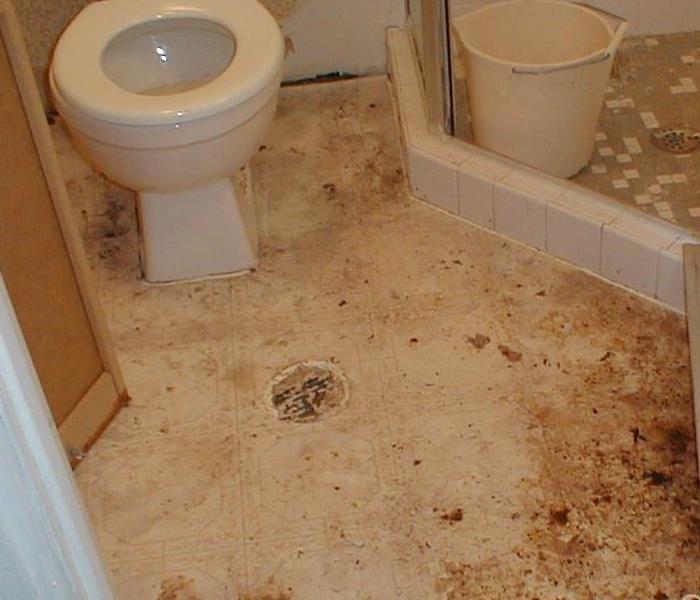How to prevent Sewage Backups
3/18/2021 (Permalink)
What Causes Sewage Backups in Homes and How to Handle Them
When sewer lines become obstructed, whereby preventing wastewater from flowing through drainage pipes, blockage occurs. The thick, black water that forms as sewage is a potential hazard, as it contains contaminants and viruses that can present a risk of severe illness if exposed to humans or animals. If you have a sewage backup in your basement, you will need to fix it quickly. Knowing what causes sewer backups, however, can help you prevent a hazardous situation in your basement or home. Here’s how to prevent and handle sewage backups in your pipes:
Sewage Backup Causes
- Clogs – Sewage can back up into your home when either your home’s drain pipes or main sewer line becomes clogged. For example, if one toilet creates a sewage backup, the drain connected to that toilet will likely be clogged. But if all toilets or bathtubs in your home create backflows, then there may be a clog in the main sewer line or the sump pump failed. Clogs can consist of hair, grease, or other solid materials that end up in the drains.
- Tree Roots – Trees can grow really long roots that intertwine with your sewer line. Roots can grow into a pipe and cause holes or crush the sewer line by growing around it. Even if the roots in your yard are not the problem, roots from nearby trees can reach your sewer line and damage it.
- Damaged Sewer Lines – In the past, pipes were made of cast iron and clay piping which don’t last very long. Aging sewage systems can break down and crack, causing sewage backups and flooded basements. Plastic sewer lines have now become the norm.
- Heavy Rainfall – Can heavy rain cause sewer backup? Yes, large amounts of rain can overburden your city’s sewer lines. If the public sewer can’t handle excess rainfall, the water can make its way into connected sewer lines. This puts your home at risk of water backflows.






 24/7 Emergency Service
24/7 Emergency Service
